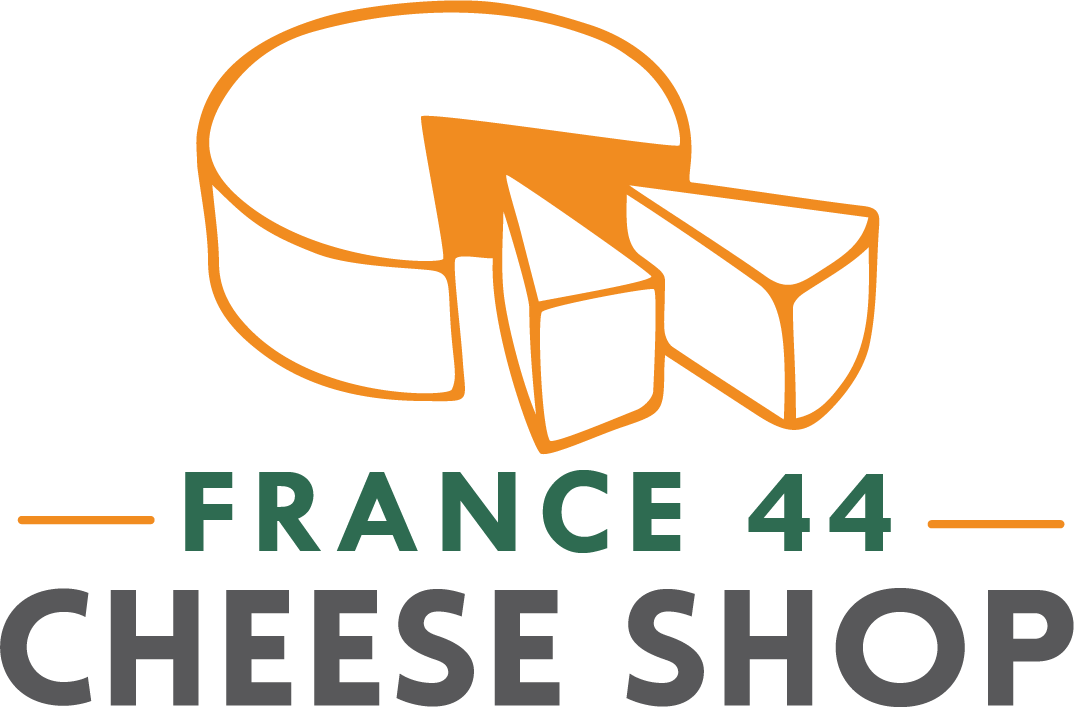Haven’t we all at one point or another fantasized about eating cheese out of an ice cream cone? You think to yourself “It’s milk and cream just like ice cream, why wouldn’t I eat it out of a crunchy cone? And the cone is just like a sweet cracker!” Or are you telling me that I am alone in this dream?
Would it surprise you if I told you that I have eaten cheese out of a cone? Probably not. Those of you know how long I’ve been doing this for must imagine that by now I’ve probably jumped Scrooge McDuck style into a swimming pool filled with triple crème brie. So cheese in a cone feels pretty tame.
But I digress, this isn’t meant to be a love letter to the myriad ways of eating cheese. This is a post about Gorgonzola Dolce—the most unctuous, glorious of blue cheeses. To understand my love for this cheese we need to go back almost 25 years to my first encounter with this cheese—I knew nothing of blue cheese or even cheese in general. I was working in a fancy restaurant in Cape Cod and as a vegetarian there was only ever one thing on the menu I could eat for my shift meal—pasta. And more often than not it was pasta tossed with Gorgonzola dolce.
Buddy, I’m telling you, there’s nothing more awakening to a 19 year old’s palate than rich, creamy pasta with just that bit of blue funk to it. This was something novel and I really wanted to understand the magic behind it. Unfortunately it was going to be 15 more years before I really began to understand what was really going on.
Customers approach our counter and often ask for “gorgonzola” in generic terms when they’re looking for a blue cheese. It’s as recognizable a name in cheese as brie or cheddar. There are two major families of Gorgonzola—a harder aged one and the milder creamy stuff I’m on about—so we quickly direct the conversation in the appropriate direction. You’ll notice my eyes lighting up if we take off in the sweet, luscious direction of Gorgonzola Dolce.
Want to know all the fun facts about how this cheese is made and its history and where it comes from? You can ask the robot overlords. I’m here to connect you with a craving you didn’t even know you had. I am here to transform your eating expectations for cheese. Maybe I am here to indoctrinate you into a cheese eating cult that eats cheese out of a sugar cone (I refuse to acknowledge that cake cones exist).
If you’re looking to dip your toes into the world of blue cheese, this is your cheese. Are you wanting something to spread on your apples with a dollop of honey? This is your cheese. Are you burned out on the Instagram phenomenon of “jarcuterie” and want to start your own trend? Here you are. Come and indulge in the most pleasurable of cheeses and leave your food inhibitions behind.
Children in Italy know that it’s cool to eat blue cheese out of an ice cream cone











